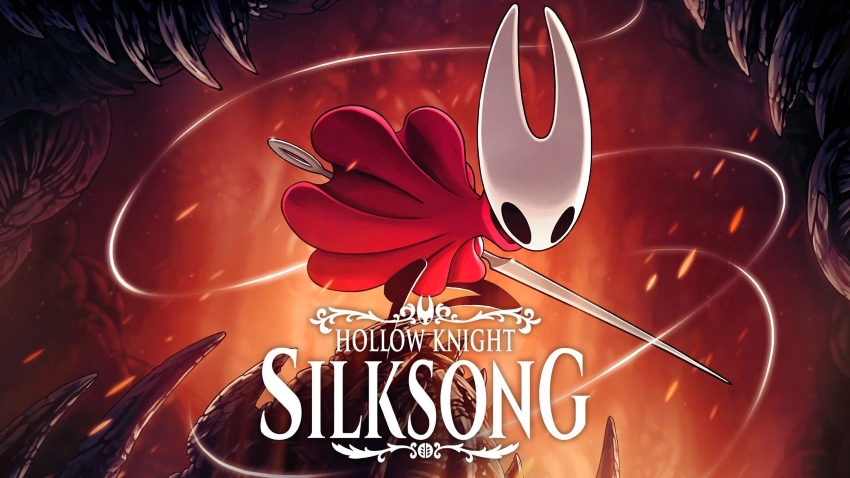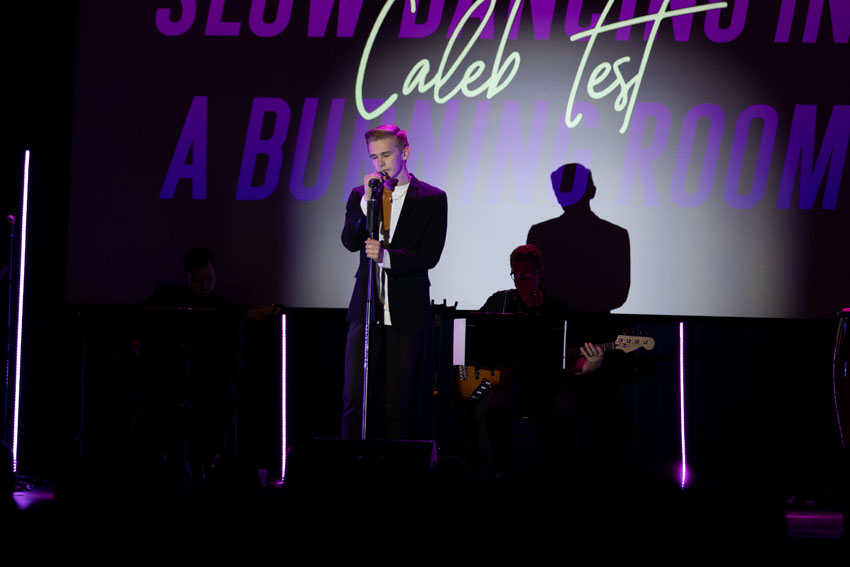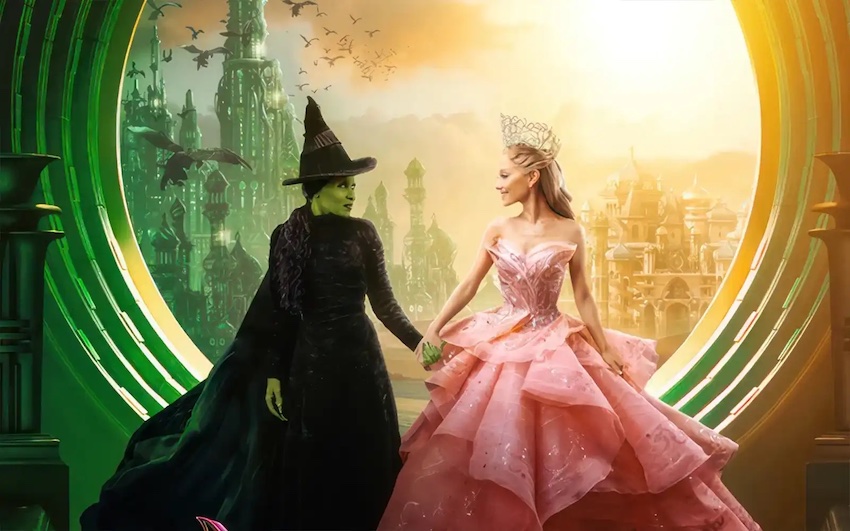This is the third and final installment of junior Gigi Thao’s review of The Hunger Games series by Suzanne Collins. For reviews of the first two novels in the series, read Book explores fallen future and Sequel recommences savage tournament.
As a fan of The Hunger Games series, I eagerly anticipated the arrival of the final book, Mockingjay. Finally, holding my very own copy of the novel, with the sky blue cover accentuating the design of a mockingbird, I sighed the same breath that countless Harry Potter fans had let out with the release of J. K. Rowling’s final installment.
In Mockingjay, Collins continues the story told in the first two books. Panem, a country in the futuristic North America, has formed after the destruction of the world. In this land, the president resides in the Capitol — the control center of Panem — and tyrannically rules over the 12 districts. Each year, the country holds hunger games where each district offers a girl and boy aged 12-18 to participate in a savage tournament.
The games represent the rise of Panem among the other countries as each participant fights to beat the others in order to survive. In the first novel, these games are explained through the participation of main character Katniss, who defies the rules in order to protect the life of her friend and fellow competitor, Peeta.
In the second novel, Katniss is thrown into the vicious atmosphere of the Quarter Quell, a 25th anniversary event to celebrate the hunger games. She and Peeta must again scheme to protect themselves from the diabolical president. To protect her, citizens rebelling against the president capture and rescue Katniss and take her to district 13, a hidden area that was supposedly destroyed. However, Katniss soon realizes that Peeta was not rescued. It is with this dilemma that Collins begins her third installment, Mockingjay.
Once she reaches district 13, Katniss takes on the position of the mockingjay — the symbolic leader of the rebellion — when she realizes that she must participate in the rebels’ cause for her family’s safety. Her raw emotions during the hunger games have created such a controversy among the citizens that rebellion has sparked throughout the districts. One by one, every district destroys its connection to the Capitol, declaring independence and supporting the rebels.
The rest of the novel describes the epic journey that Katniss must endure while questioning the motives of the Capitol and the rebels. Facing a difficult decision, Katniss must choose between the citizens of Panem or her loved ones, because the protection of them both cannot be attained.
One of the major themes in the novel focuses on the idea that human emotions easily influence the responses of others. Katniss struggles to abide by district 13’s rules and rises above their lies to develop her own sense of judgement, eventually taking her stand.
In the previous novels, one of the things I looked forward to most in each book was how Collins concluded her chapters. Katniss’ spontaneity often gets her into trouble that can easily prove fatal, so every chapter often ends with a feeling of impending doom. Though it is exciting at first, having 26 chapters end the same way is quite frustrating.
Unlike the other books in The Hunger Games series, Collins includes lengthy sub-plot in each chapter of Mockingjay. Not only must readers catch all the foreshadowing hints, it is challenging to read when so much action is already taking place.
Altogether, Collins does an excellent job writing The Hunger Games series because she adds adventure, romance, suspense and sacrifice in all of them. The way Collins plays out the characters’ reactions always changes and keeps readers interested in discovering the ending of the series.
However, the final novel did not live up to my expectations. Near the end, Katniss seems to run away from problems rather than solve them, leaving the conflict unfinished.
Though Mockingjay ends the series in a way I would not prefer, Collins’ final novel stuns readers with its spontaneity and fresh ideas to the literary world of fiction. For anyone who enjoys a happy ending for the character, this novel will be especially rewarding.
Mockingjay costs about $18 and can be purchased at most local bookstores, such as Borders, or through Amazon.com.
For more book reviews, read the May 27 article, Mysterious novel examines atonement, revenge.






